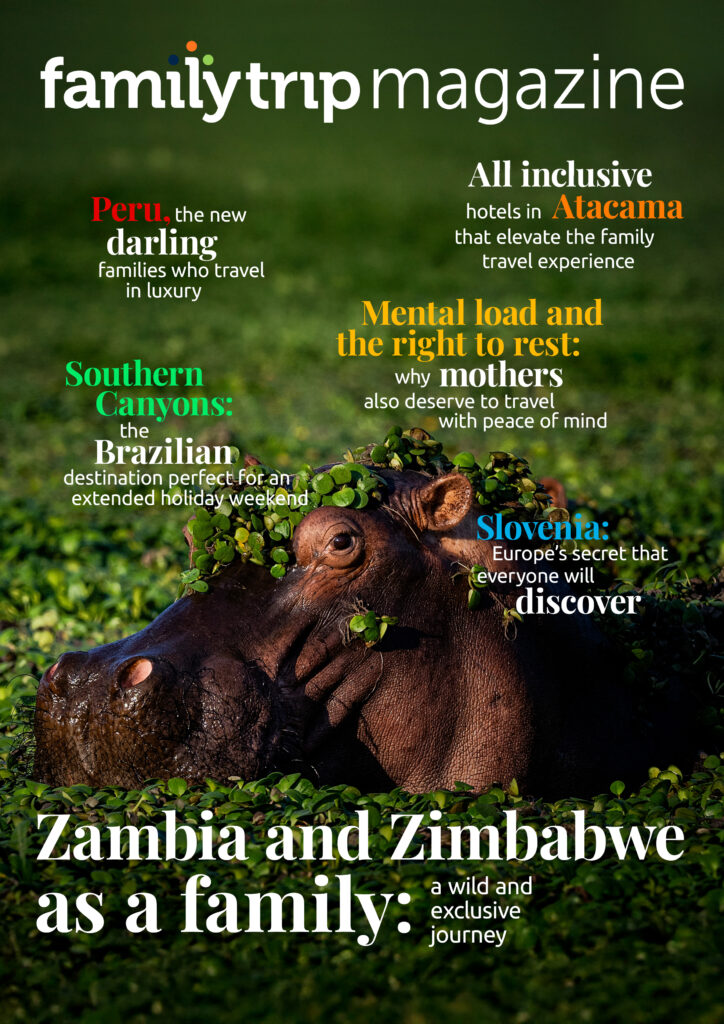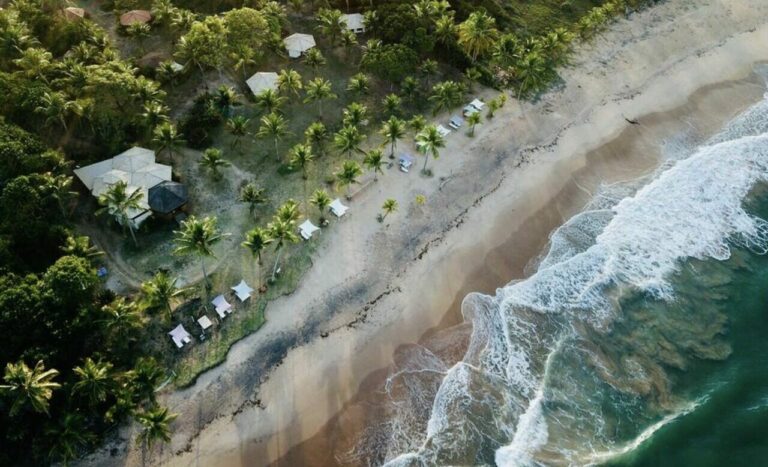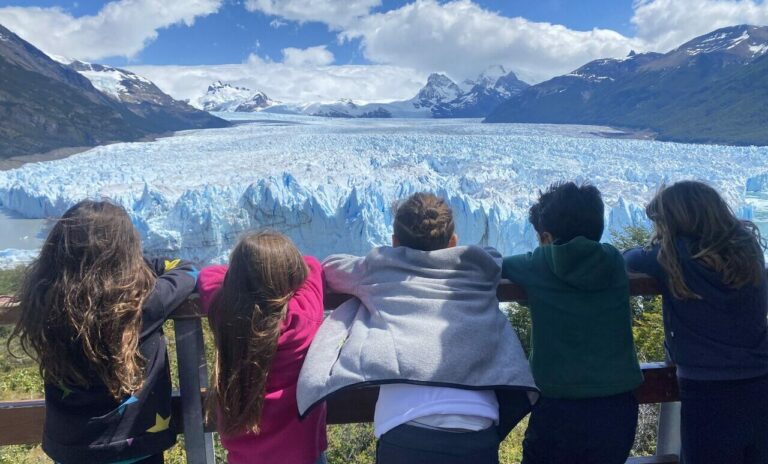
- Experiences worth the trip
Hot air ballooning in Cappadocia: what you need to know before going
Personalized planning makes all the difference to enjoy the region’s best with tranquility and safety
By Caroline Sundfeld
Cappadocia’s hot air balloons have become Turkey’s symbol. Waking up at 5 AM to see hundreds of them rising on the horizon has become an obligatory ritual for those visiting the region. But those who travel there only for the flight miss half the experience.
Cappadocia is the result of millions of years of volcanic activity and erosion. What remains are rock formations that seem from another planet, entire cities carved underground, and a history that crosses Byzantine, Roman, and Ottoman empires.
For families with children, the region offers a rare combination: adventure, history, and scenery that awakens children’s natural curiosity. But planning a trip there requires more care than conventional destinations.
The timing question: summer or winter?
Cappadocia has a continental climate. Hot and dry summers, winters with snow and negative temperatures. Mid-season would be ideal, but families with school-age children are limited to July or January vacations.
Summer in Cappadocia: pros and cons

From June to August, temperatures can exceed 35°C (95°F). For children accustomed to heat, this doesn’t represent a problem. Summer has practical advantages: balloon flights happen almost every day, as weather conditions are more stable. This offers programming flexibility, important when traveling with children. On the other hand, heat can be uncomfortable for families coming from milder regions. Tours that start at 6 AM become necessary to take advantage of lower temperatures.
In winter: a different Cappadocia

Between December and February, the region transforms. Snow covers the “fairy chimneys” (as the rock formations are called) and creates landscapes reminiscent of Disney movie scenarios. For children who have never seen snow, it’s like taking two simultaneous trips: discovering Cappadocia and experiencing European winter. Balloon flights still happen, as long as there are no storms or strong winds. Winter brings logistical challenges. Some tours may be canceled due to weather. Therefore, it’s essential to have programming flexibility and, preferably, some extra days in the region.
Museum Hotel Cappadocia: when accommodation is part of the experience
Cappadocia has dozens of cave hotels, but few offer the complete experience that justifies the investment. Museum Hotel Cappadocia is one of these exceptions. Located in Üçhisar, the hotel occupies one of the region’s most privileged positions. From suites and terraces, guests have direct views of morning balloon flights. It’s not just waking up and looking out the window — it’s having a panoramic view of hundreds of colorful balloons floating at dawn.
The architecture takes advantage of volcanic rock’s natural caves. Rooms are carved in stone but equipped with underfloor heating, modern bathrooms, and five-star hotel amenities. It’s the combination between regional rusticity and contemporary comfort. The hotel has heated indoor pools and a spa that uses the region’s thermal properties.
Other hotels worth considering

For those seeking alternatives to Museum Hotel, the region has interesting options. Argos in Cappadocia offers a similar experience in Üçhisar, with cave rooms and panoramic views.
Sacred House, in Ürgüp, bets on decoration that mixes local antiques with contemporary design. It has a heated pool and spacious family rooms.
For families with more controlled budgets, hotels in Göreme offer a good cost-benefit ratio. The city is smaller and more accessible, but still allows easy access to the main tourist attractions.
Why not book directly with the hotel?
Most Cappadocia hotels offer packages that include transfers, tours, and meals. At first glance, it seems practical: book everything at once and done.
In practice, complications arise. International hotels generally require full payment, often in dollars or euros. For families, this can represent a considerable amount blocked on the credit card. But the main differential isn’t financial. It’s personalized tour curation.
The importance of personalization
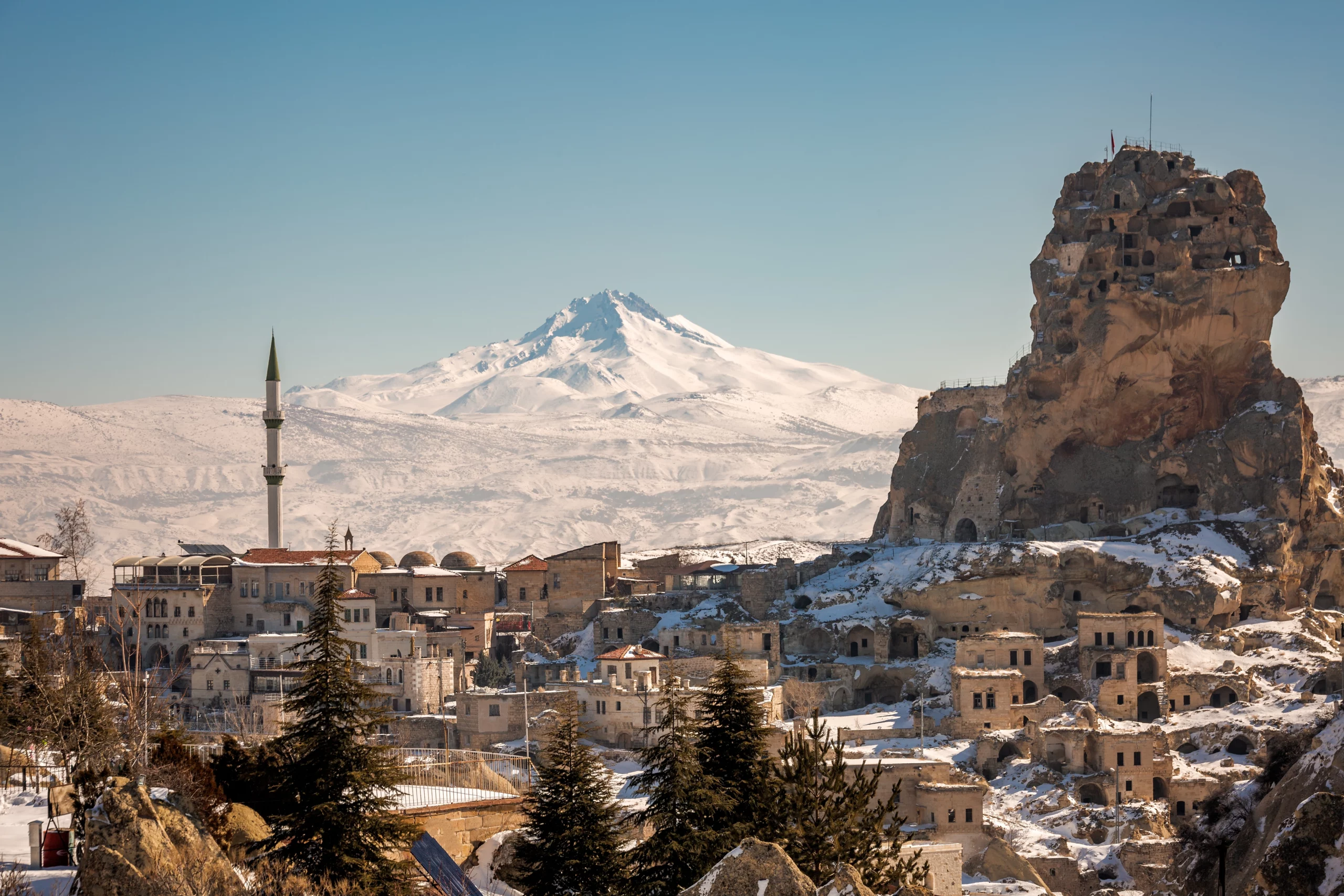
A 15-year-old teenager has completely different interests from an 8-year-old child. More than that: within the same age group, each child has their profile. One is adventurous and would try more challenging trails. Another prefers contemplative activities and would be more interested in rock churches.
Hotels offer standardized packages. An agency specialized in family travel curates based on each family’s specific profile. It’s not just indicating what’s “suitable for children.” It’s understanding what type of experience each child will enjoy most.
This personalization makes a practical difference. It avoids tours that might bore or excessively tire children. It optimizes trip time and reduces parent stress, who don’t need to discover through trial and error what works for the family.
Essential tours: what cannot be missed
Balloon flight
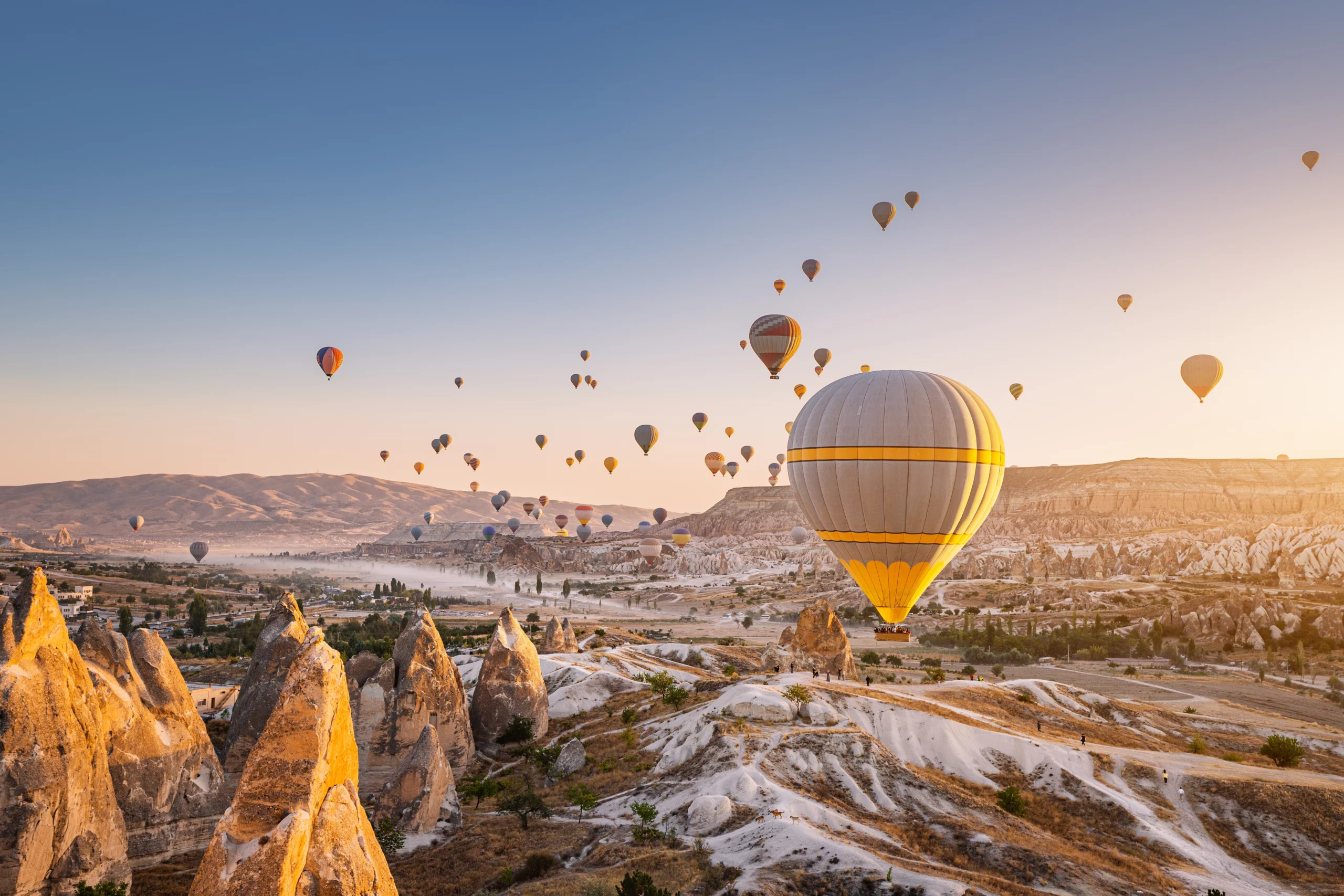
Balloon flights always happen at dawn when winds are calmest. The experience lasts about an hour, with altitudes varying between 150 and 500 meters. For children under 6, some companies don’t allow flights for safety reasons. It’s important to check restrictions before including in the itinerary. The flight offers a unique regional perspective. Aerial view of valleys, rock formations, and cities carved in stone.
Underground cities
Cappadocia has dozens of underground cities. Derinkuyu is the most famous, with eight floors carved in rock and capacity for 20,000 people. For children, it’s a guaranteed program. They get excited about narrow tunnels, secret rooms, and stories of early Christians hiding from Roman persecutors. The visit takes about an hour and a half. It’s important to bring comfortable clothes and a flashlight (although main passages have lighting).
Göreme Valley
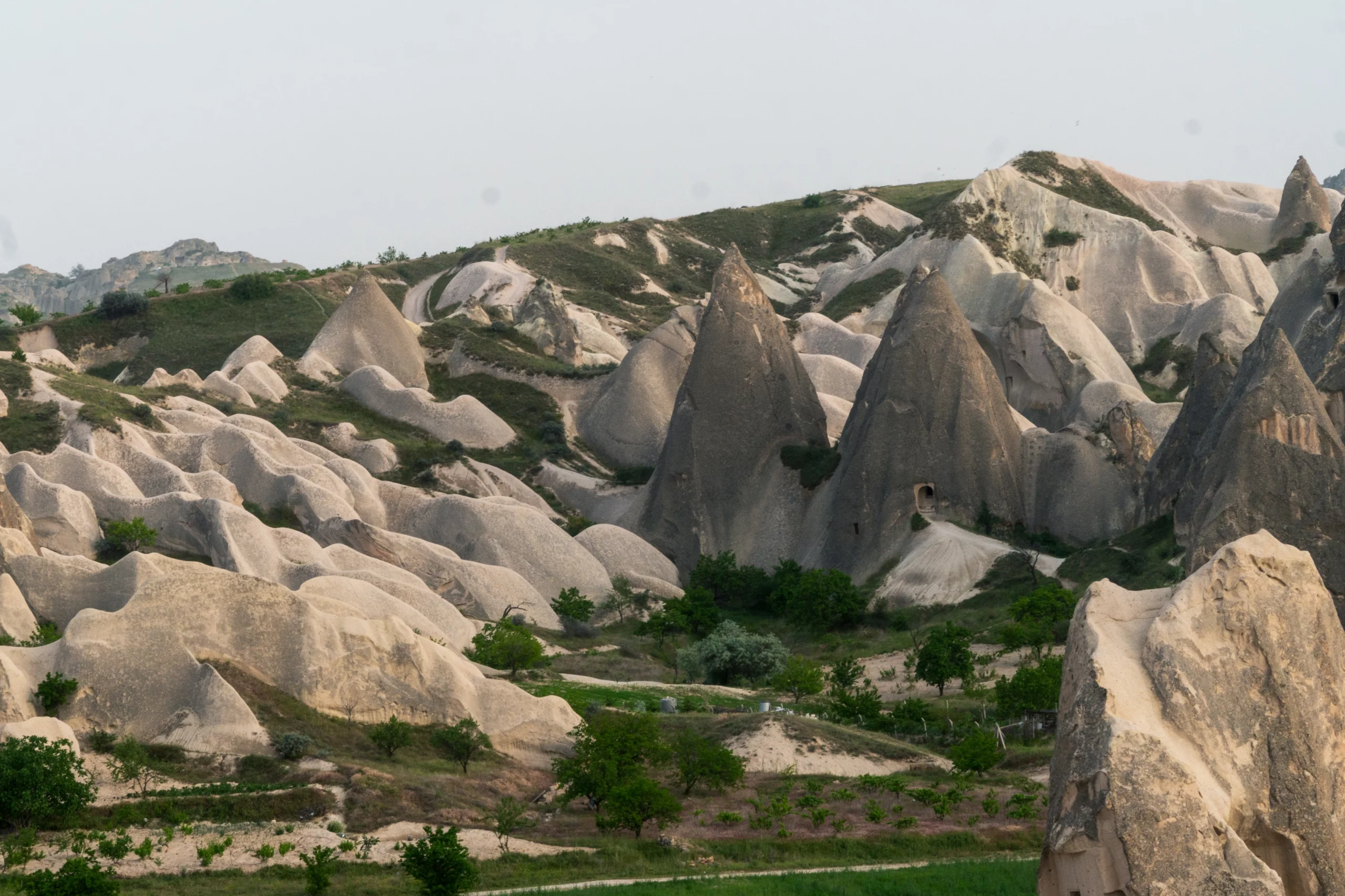
Göreme Valley, a UNESCO World Heritage Site, brings together the region’s best-preserved rock churches. These are temples carved in rock between the 4th and 11th centuries, with frescoes telling biblical stories. For children interested in history or art, it’s an educational tour. For more restless ones, it can be tiring. Hence the importance of knowing the family profile before including in the itinerary.
Love Valley

Love Valley (Aşk Vadisi) offers a light trail with some of the region’s most curious rock formations. The name comes from the rocks’ shape, which resembles… well, use your imagination. The trail lasts about an hour and is suitable for children over 8. The reward is panoramic views at the end and photos in beautiful scenery.
Is it worth the investment?

For families who can afford the costs, Cappadocia is an investment that pays off. Children return talking about the experience for months. Teenagers stop complaining that “traveling with parents is boring.”
It’s one of those destinations that mark childhood. That become references when they grow up and start planning their own trips. And for parents, it’s an opportunity to show children that the world has places that challenge imagination. That history, geography, and geology can be fun when experienced in practice.
Cappadocia is an experience that stays in the entire family’s memory.
Things the Way Family love to pack in their suitcase:
Gate
Eletronics for the travel: smartphone, drone, câmera, charger,…
Destiny
UV clothes, bikinis, caps, diving goggles, snorkel mask and other accessories…

